
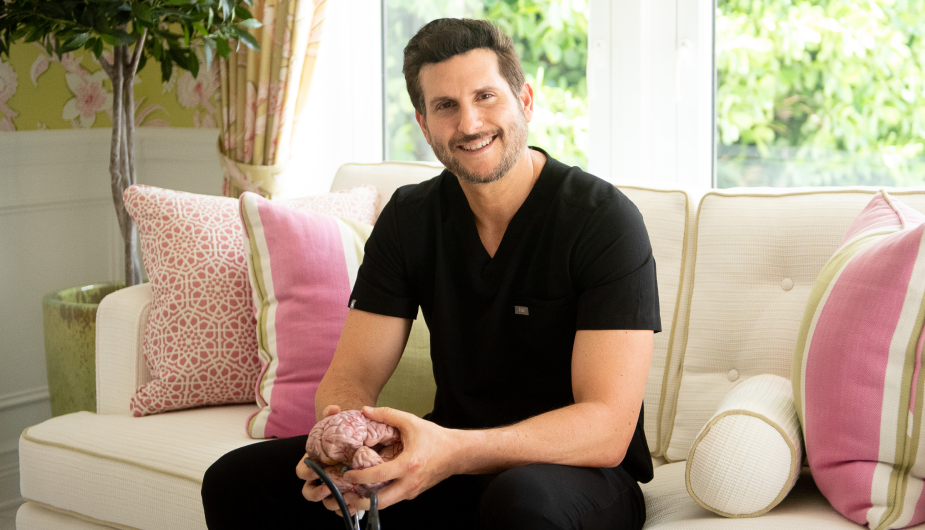
A pivotal experience during high school profoundly influenced my decision to specialize in Neurology. One of my closest friends suffered a traumatic brain injury with hemorrhage and was given little chance of a meaningful recovery. Tragically, his friend, who had been driving the car, passed away during the hospitalization. Against all odds, my friend made an impressive recovery after a prolonged rehabilitation process. However, the injury left lasting effects. He developed complex partial seizures with uncinate fits, experiencing olfactory auras due to damage in the frontal-temporal regions, specifically the uncus of the temporal lobe, which is responsible for smell. His personality also changed, likely due to the involvement of the prefrontal cortex. Today, he manages his epilepsy with medication and has dedicated his life to religion, community, and building a family.
This passion led me to pursue a career in medicine and become a physician. During my medical school training, I developed a deep appreciation for Neuroanatomy, and through my rotations, I gravitated toward Neurology.
My Neurology residency was an invaluable opportunity to delve deeper into Neurological conditions, correlating patients’ histories and physical examinations with Neuroanatomy.
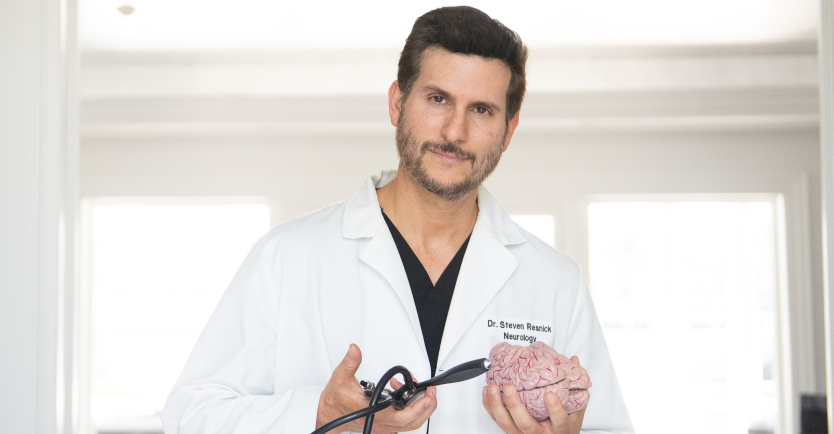
When I began my residency, Neurology was largely a diagnostic field with limited treatment options. However, over the years, the field has expanded dramatically, offering new medications and therapies for previously untreatable conditions. My residency was enriched by exposure to a wide variety of patients at a large public hospital and the guidance of professors specializing in areas such as Vascular Neurology, Cognitive Neurology, movement disorders, epilepsy, and more.
After residency, I pursued additional fellowships in Vascular Neurology and Neuromuscular disorders, gaining expertise in the entire nervous system, from the brain and spinal cord to the peripheral nerves and muscles.
During my training, I immersed myself in learning. I reviewed countless Neuroimaging studies, attended Neuroradiology conferences, and challenged myself to interpret MRI and CT scans before reviewing the official reports. I participated in every subspecialty clinic, learning directly from attending physicians. These experiences prepared me for independent practice, and I now serve as the Chief of Neurology and Stroke Medical Director at a hospital in Miami, Florida. I have also led our stroke program to achieve comprehensive certification and established one of the largest private Neurology practices in South Florida.
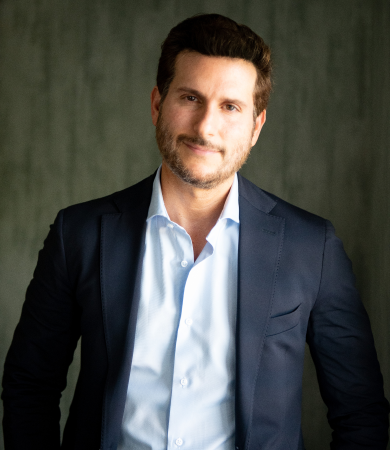
Neurologists approach patients systematically: gathering history, performing a detailed Neurological examination, localizing the lesion, formulating a differential diagnosis, and then recommending treatment. The Neurological examination itself is an art, refined over years of practice due to the complex nature of the nervous system.
Early in my career, I would see 30–40 patients a day in the office and more than 20 patients in the hospital. I worked tirelessly to provide what I believed was the best care, combining my knowledge, experience, and bedside manner. However, I began noticing a pattern: many patients returned with unresolved symptoms or were referred elsewhere when their issues didn’t fit neatly into a Neurological diagnosis. Some were prescribed antidepressants or referred to psychiatrists.
During the COVID-19 pandemic, I encountered more patients with Neurological symptoms that couldn’t be explained by specific disorders. I was not trained to handle such cases, and I initially struggled to manage these patients. My approach needed to evolve.
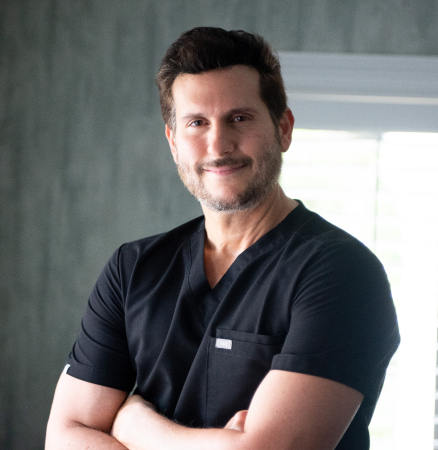
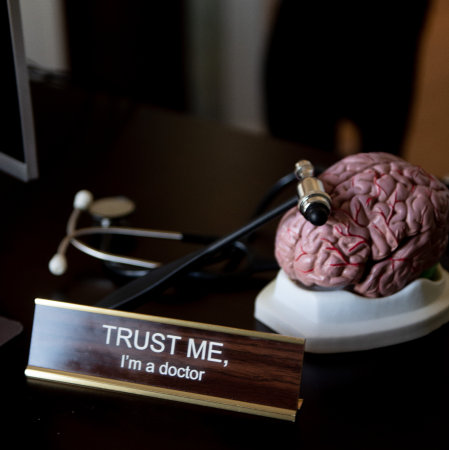
By fostering an emotional connection and showing empathy, I earned my patients’ trust and confidence.
Over the past few years, I’ve reduced the number of patients I see to allow for more meaningful interactions. This shift has transformed my practice, enabling me to better understand my patients and help them feel heard, validated, and cared for. Listening, understanding, and empathizing form the foundation of my approach to healing.